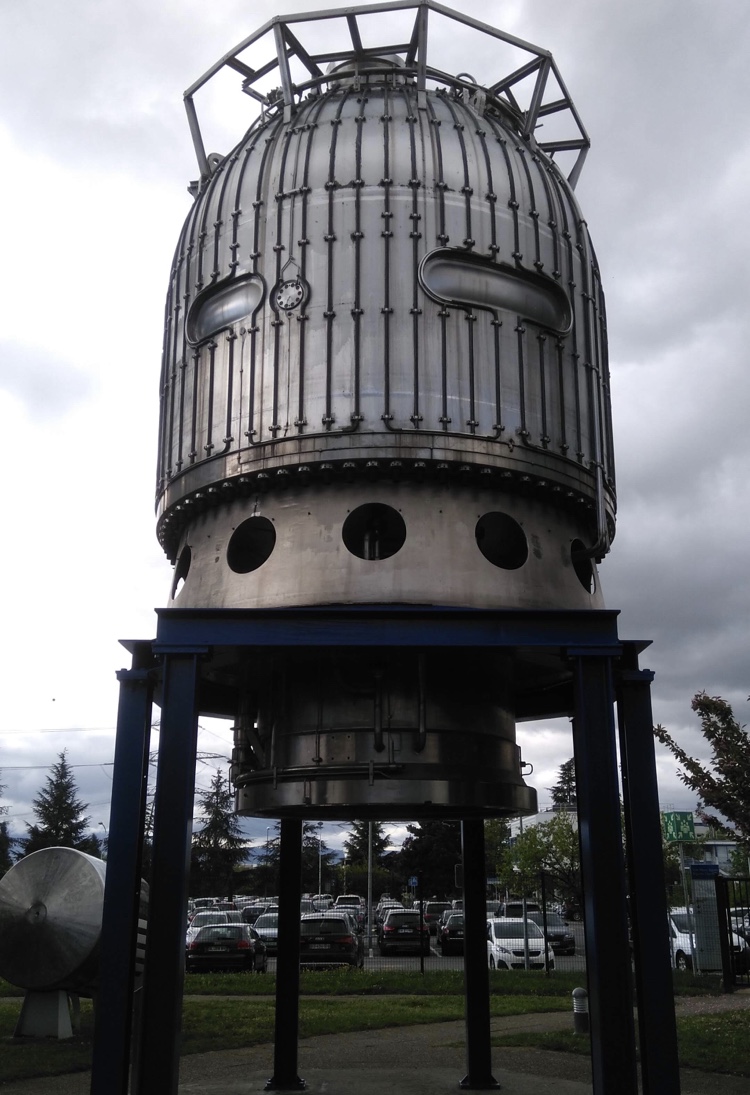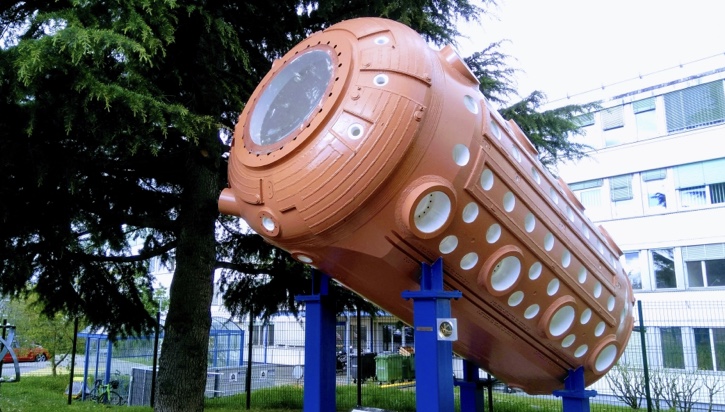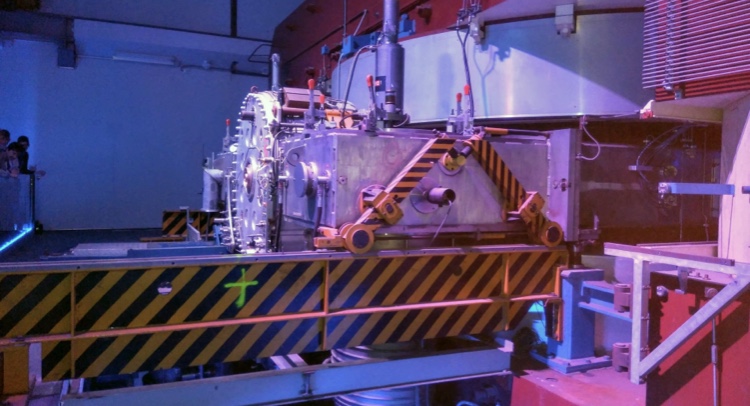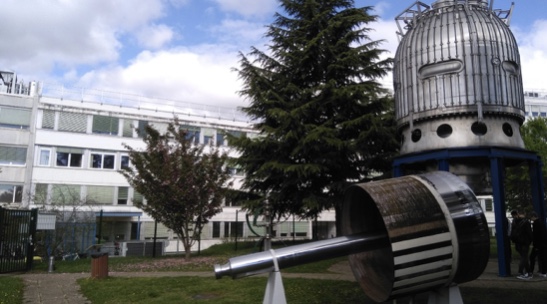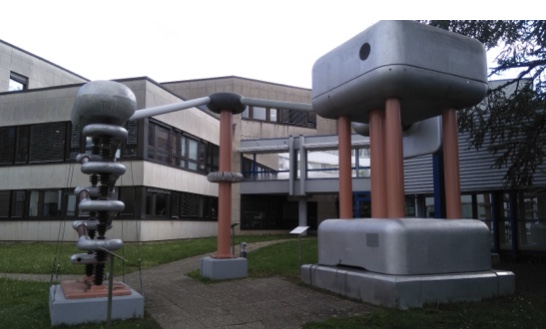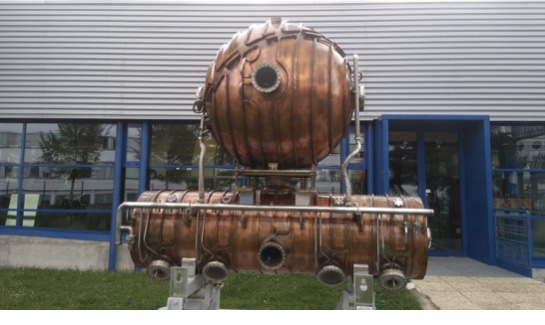PHYSICS: Unravelling the mysteries of the universe
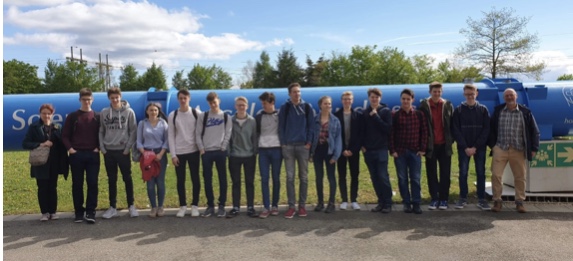
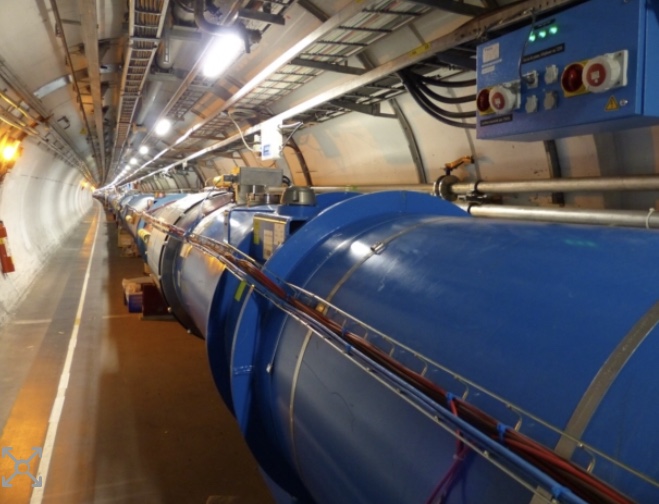
A-level students got a peek behind-the-scenes at the world's largest high-energy physics experiment. JOE WILLIS reports
RIPON Grammar School upper sixth form physics students were lucky enough to be able to travel to Geneva to see the Large Hadron Collider, the world’s biggest and most powerful particle collider and the largest machine in the world.
This was an exciting prospect not only because of how important the project is to the global scientific community, but also because we have been studying particle accelerators for A-level.
The LHC's biggest claim to fame is the 2012 discovery of the Higgs Boson particle, which physicists believe interacts with and gives other particles their mass through the Higgs Field.
Fifteen of us set off very early on the Sunday to Geneva by 10 am, giving us the opportunity to explore the city, go to a science museum and even a boat trip across the lake before lunch. In the museum they had the first battery in the world, solar systems made from intricate mechanical parts and interactive displays.
On day two we made our way by tram to CERN, the European Organisation for Nuclear Research, an international collaboration of like-minded scientists unravelling the mysteries of the early universe and operating the largest particle physics laboratory in the world, where the Large Hadron Collider is located.
It all happens across a diverse campus of physicists, engineers, IT specialists and scientists from all around the globe. From the development of efficient superconducting wires to proton accelerators for precise cancer treatment, the science at CERN is far-reaching.
There was a very impressive exhibit on particle physics that even had a large-scale model linear accelerator on display. We were given a guided tour and a presentation by two physicists who work with the experiments there so were well placed to answer any difficult questions we could throw their way.
We were also shown the control room for ATLAS – one of CERN’s four major Large Hadron Collider experiments - and a large cyclotron which was used in the Fifties.
The next day we had quite a lot of free time before our flight in the evening, so we split off to explore Geneva in amazing weather, meeting up for lunch in one of the many parks overlooking Lake Geneva.
My group went to the Natural History Museum, which houses a huge variety of stuffed animals and even a two-headed turtle. Others went cycling through the botanical gardens or climbed the cathedral, which apparently has amazing views of the city.
